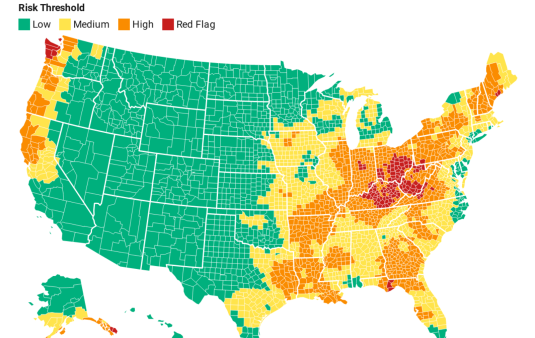Defining key mortgage terms
When home prices skyrocketed during the pandemic, many homeowners in our footprint gained significant equity. But if a homeowner went on forbearance, those missed payments eat away at a home’s equity, so a homeowner may have less home equity than they think. That leaves some homeowners at a disadvantage for refinancing or home equity loans, which are on the rise. Lenders gauge an individual borrower’s risk by loan-to-value (LTV) and debt-to-income (DTI) ratios, two terms that are key to mortgage lending.
What is loan-to-value?
The Consumer Financial Protection Bureau (CFPB) defines LTV as a formula that measures a mortgage balance against a property’s appraised value. When purchasing a property, lower down payments correspond with a higher LTV ratio and vice versa. After losing equity, many homeowners who had strong LTV ratios no longer do.
In a down market, lenders start to speculate about the impact of LTV on low-income homeowners, many of whom may suddenly be upside down on their mortgages. At BlueHub SUN, we obtain LTV data from up to three sources and use that as a baseline. While the standard LTV is 80% of a home’s appraised value, we set ours at 75%, the maximum allowable.
What is debt-to-income?
According to the CFPB, the DTI ratio is all monthly debt payments divided by gross monthly income. Lenders use DTI to evaluate a borrower’s ability to make the monthly payments on a loan. A high DTI can hinder borrowing power.
BlueHub SUN does not use credit score as an underwriting metric however, all applicants must meet our front-end and back-end DTI ratios. Our front-end DTI ratio, which is calculated by dividing the applicants’ estimated mortgage payment by their monthly gross income, is 38%. Our back-end DTI ratio, which is all the applicants’ monthly debts divided by their monthly gross income is 48%. By comparison, Fannie Mae's maximum total DTI ratio for manually underwritten loans is 36% and up to 45% if the borrower meets the credit score and reserve requirements.


